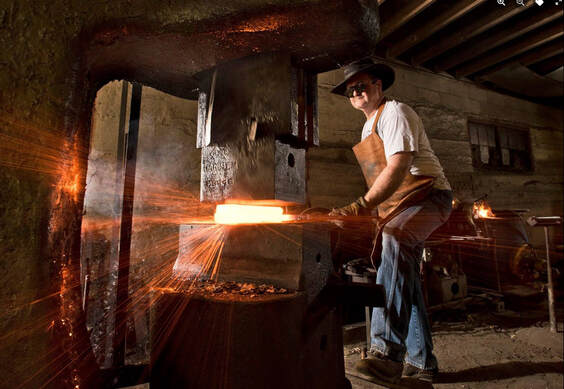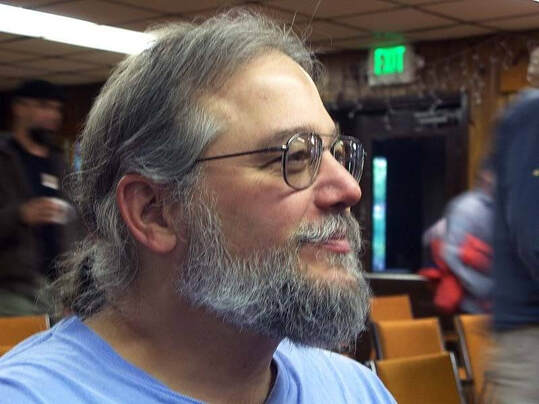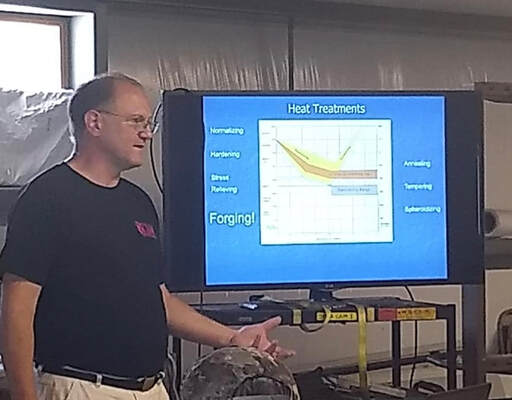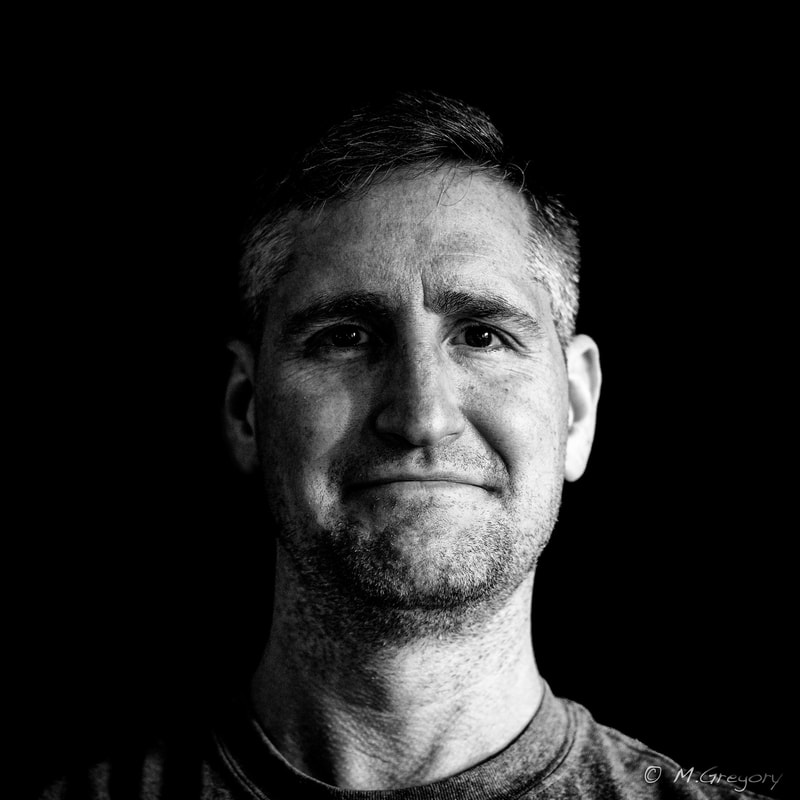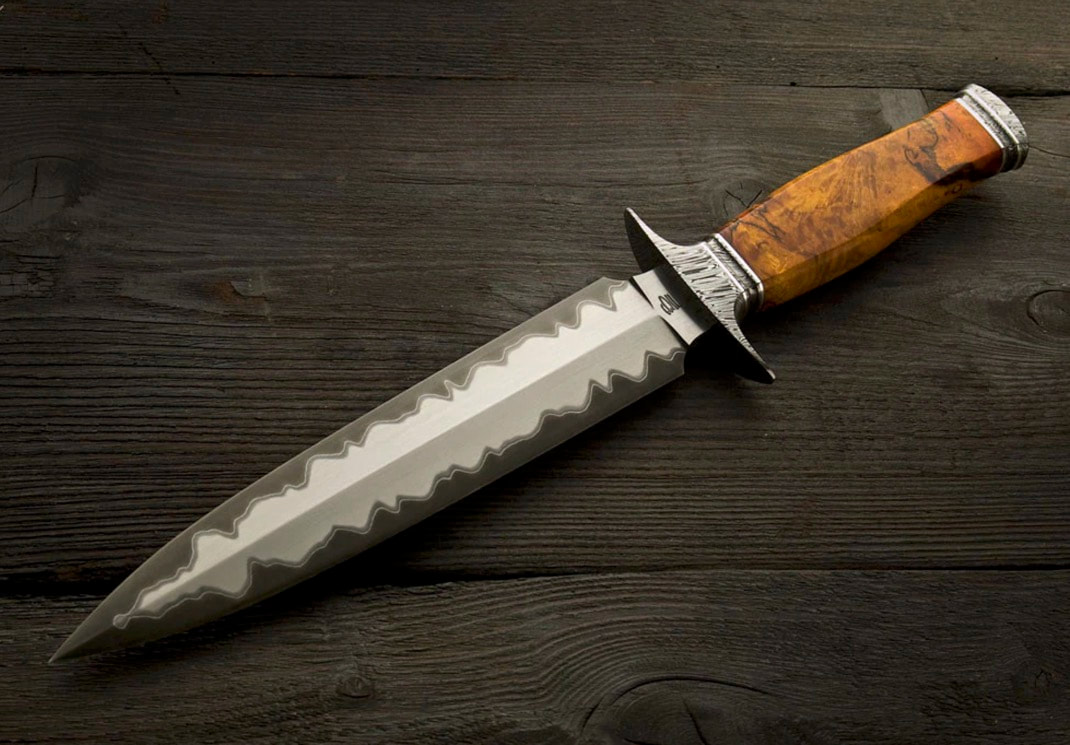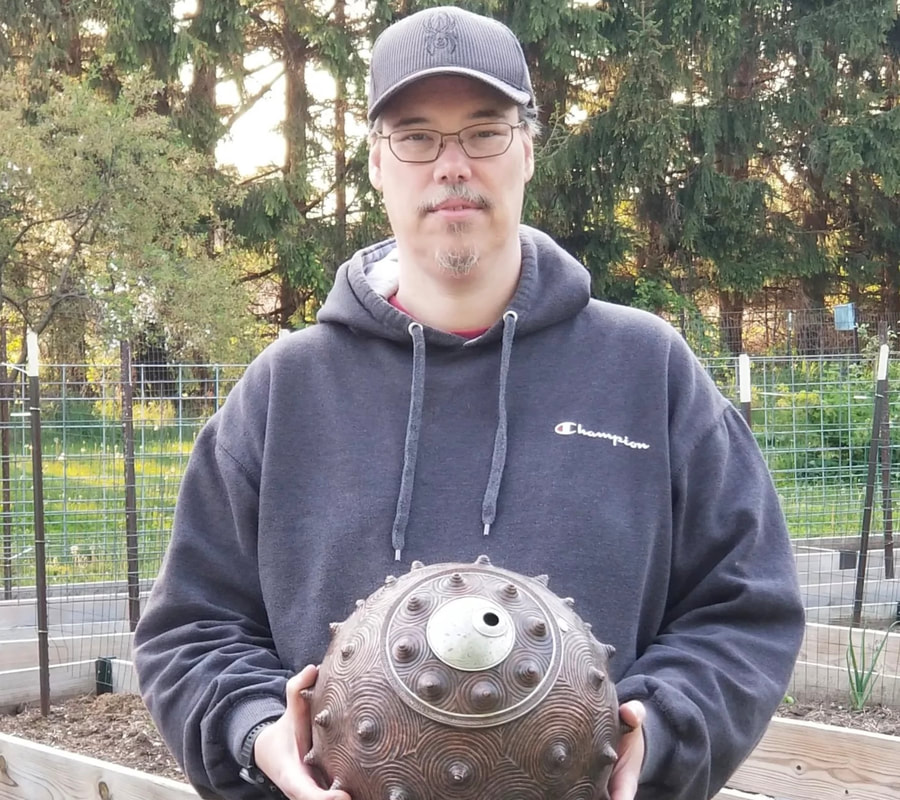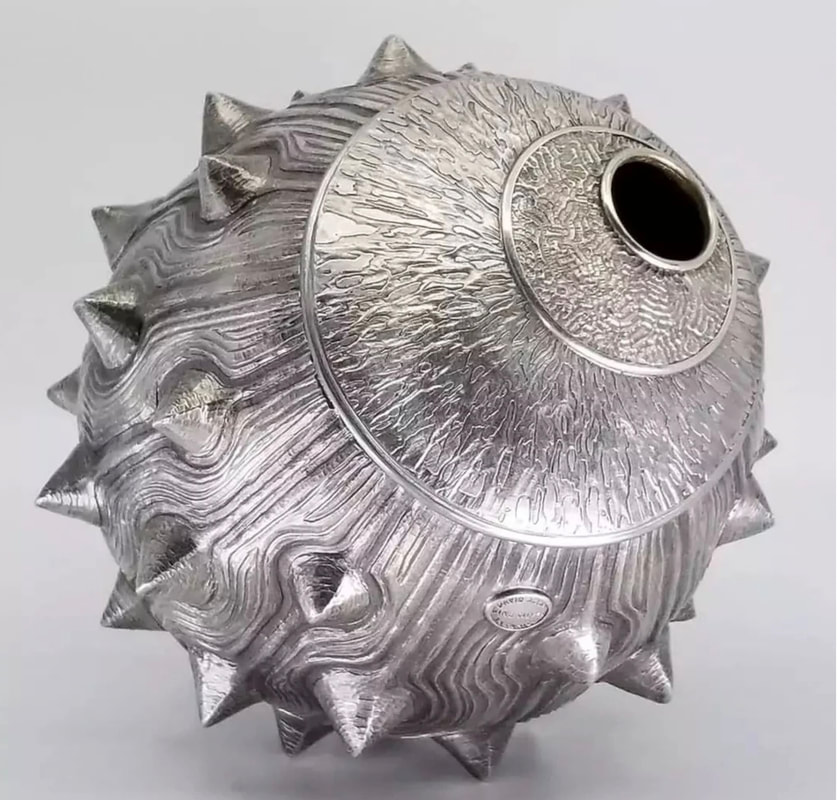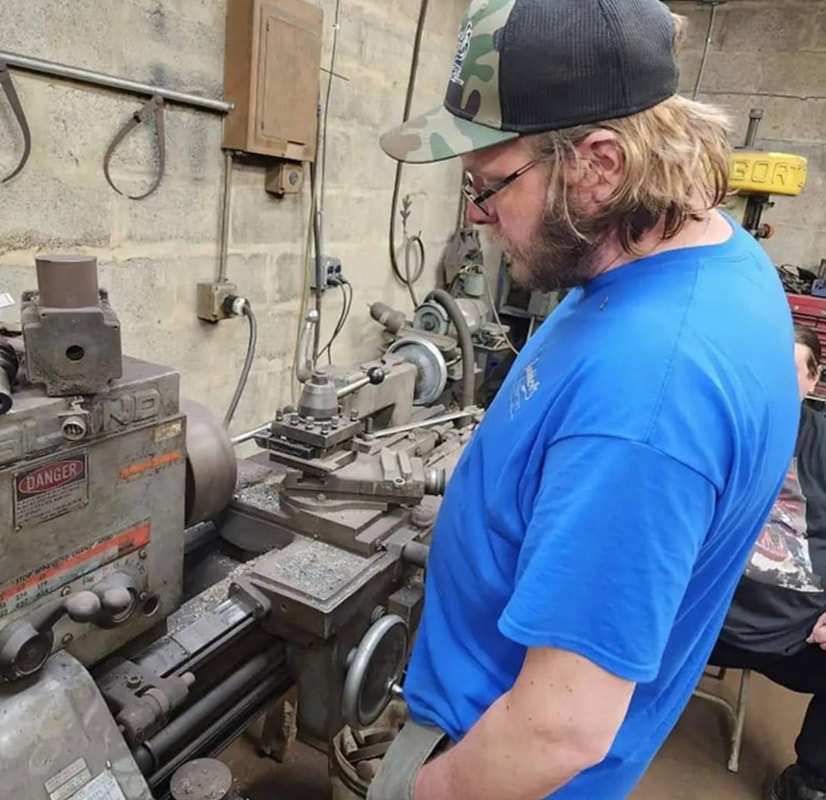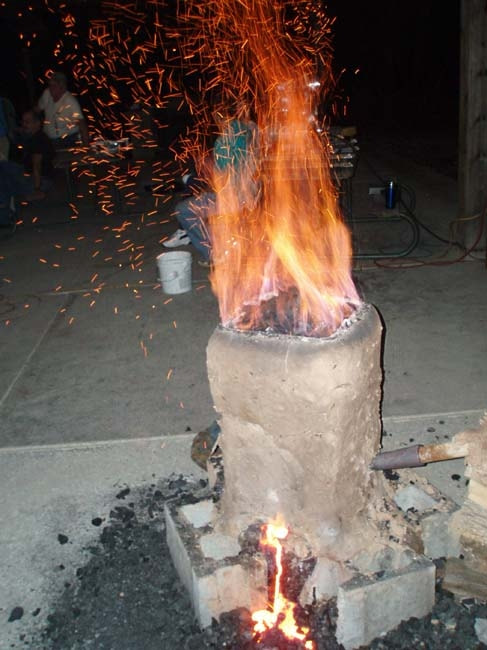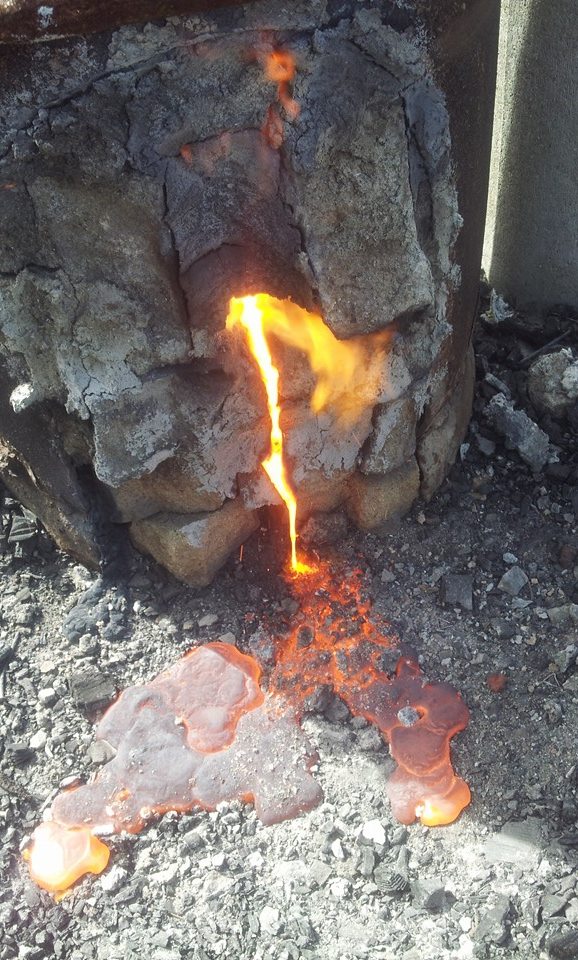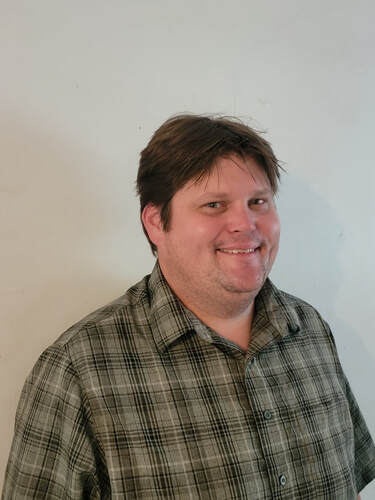Spend a Weekend or a day at Ashokan that will enlighten you on the history, development, and creation of high quality blades.
The Speakers for the 2024 Knife Seminar are:
Tim Zowada
Biography:
For those of you who are not familiar with Tim, or his work, here are a few highlights of his career: Tim made his first knife in 1979, while still in high school. In 1982, he made his first Damascus steel. In 1983, knife making became his full time profession. Since then, he has risen among the ranks of custom knife makers, whose work is among the most desired. He has also won several awards at knife shows, and juried exhibitions.
Not only does Tim make great razors and knives, he teaches others in order to preserve the craft. He has lectured and demonstrated at several seminars over the years. He has been the director of the Ashokan Knifemaking Seminar for most of the last two decades. Tim has also been a regular contributor for both the Blade Magazine, and Knives Illustrated. His other writings include a chapter in Blade's Guide to Making Knives 2nd Edition and articles in Knives 2012, 2014, and 2016.
In the modern era, Tim was the first craftsman to make razors, full time, in the US. He was also the first razor maker to use Damascus steel, of his own manufacture, in his razors. Since then, he has continued to innovate by making his “Tim-ahagane” from iron ore he collects himself. As far as we know, Tim is the only person in the world currently crafting razors from steel made entirely by himself.
While there are many makers beginning to dabble with razors. The list is very short of those who make a real, high quality razor. Tim's razors are not only excellent shavers, they are also precision works of art.
See more of Tim's work at:http://www.zowadaknives.com/home.html
Lecture:
Tim will be opening this year's program with an introduction to the line-up of demonstrators he and Kevin Cashen put together for this outstanding Ashokan seminar. He will also be doing a lecture Saturday evening... Metallurgy Mayhem - Tim will be talking about his nerd projects over the last year. There will be special emphasis on: bloomery smelting, crucible steel with induction furnaces, metallurgical sample preparation, and eutectoid steel scams. He thought this would be a good "nerd" talk to do, while Herb showed the beginners how to hammer out a blade.
For those of you who are not familiar with Tim, or his work, here are a few highlights of his career: Tim made his first knife in 1979, while still in high school. In 1982, he made his first Damascus steel. In 1983, knife making became his full time profession. Since then, he has risen among the ranks of custom knife makers, whose work is among the most desired. He has also won several awards at knife shows, and juried exhibitions.
Not only does Tim make great razors and knives, he teaches others in order to preserve the craft. He has lectured and demonstrated at several seminars over the years. He has been the director of the Ashokan Knifemaking Seminar for most of the last two decades. Tim has also been a regular contributor for both the Blade Magazine, and Knives Illustrated. His other writings include a chapter in Blade's Guide to Making Knives 2nd Edition and articles in Knives 2012, 2014, and 2016.
In the modern era, Tim was the first craftsman to make razors, full time, in the US. He was also the first razor maker to use Damascus steel, of his own manufacture, in his razors. Since then, he has continued to innovate by making his “Tim-ahagane” from iron ore he collects himself. As far as we know, Tim is the only person in the world currently crafting razors from steel made entirely by himself.
While there are many makers beginning to dabble with razors. The list is very short of those who make a real, high quality razor. Tim's razors are not only excellent shavers, they are also precision works of art.
See more of Tim's work at:http://www.zowadaknives.com/home.html
Lecture:
Tim will be opening this year's program with an introduction to the line-up of demonstrators he and Kevin Cashen put together for this outstanding Ashokan seminar. He will also be doing a lecture Saturday evening... Metallurgy Mayhem - Tim will be talking about his nerd projects over the last year. There will be special emphasis on: bloomery smelting, crucible steel with induction furnaces, metallurgical sample preparation, and eutectoid steel scams. He thought this would be a good "nerd" talk to do, while Herb showed the beginners how to hammer out a blade.
A few examples of Tim's work
Dan Maragni
. Dan will be giving a lecture on the Roman Pugio, the dagger used by the Roman army. His lecture will cover the origins and evolution of the dagger, its function, use and construction. He will also touch on iconographical sources and classical citations.
Kevin Cashen
Biography:
With a lifetime devoted to the research and study of the history, science and methods of forged blades, Kevin Cashen is one of the most respected experts in his field on many aspects of his craft. Because of this, his services as an instructor are much in demand. Kevin has been an American Bladesmith Society approved instructor for over 20 years, and has taught classes ranging from intro to bladesmithing, for beginners, to blade metallurgy, for master instructors, at locations that include local events, international symposiums and colleges and universities. He has been integral in helping to organize and lead programs for the Ashokan Knife Seminars for many years and will be lending his expertise to this year's program. View Kevin's work at https://cashenblades.com/the-blades/
Demo:
Kevin will be doing a demo on heat treating blades Saturday evening with an emphasis on how to get alloyed steel to respond better to very basic heat treating equipment. Kevin will also be offering be a very basic discussion on how to forge weld a billet for those new to the concept.
With a lifetime devoted to the research and study of the history, science and methods of forged blades, Kevin Cashen is one of the most respected experts in his field on many aspects of his craft. Because of this, his services as an instructor are much in demand. Kevin has been an American Bladesmith Society approved instructor for over 20 years, and has taught classes ranging from intro to bladesmithing, for beginners, to blade metallurgy, for master instructors, at locations that include local events, international symposiums and colleges and universities. He has been integral in helping to organize and lead programs for the Ashokan Knife Seminars for many years and will be lending his expertise to this year's program. View Kevin's work at https://cashenblades.com/the-blades/
Demo:
Kevin will be doing a demo on heat treating blades Saturday evening with an emphasis on how to get alloyed steel to respond better to very basic heat treating equipment. Kevin will also be offering be a very basic discussion on how to forge weld a billet for those new to the concept.
A few examples of Kevin's work:
Matt Gregory
Biography:
Like so many other makers, Matt has been infatuated with sharp things since childhood, when he fashioned crude knife-shaped objects from found materials using files, sidewalks and curbs. He’s since graduated to modern alloys, grinders, and aerospace materials. Always striving to balance form, flow, precision and ergonomics while refusing to fill his life with ever-larger machines and tooling, he focuses on doing more with less. Nearly twenty years into his journey, he’s constantly realizing that the more he learns, the less he knows, which pushes his curious nature to always want more understanding. To see more of Matt's work check out his Instagram page HERE
Demo description:
“How I Grind” - this will be a discussion as well as a demonstration, explaining my thoughts on machines, abrasive media, and technique.
Lecture description:
“Handle Materials, and Why I Use What I Use” - Over the course of the last several years I’ve been experimenting with composite handle construction, including doing my own layup of aerospace products such as carbon fiber, foam core products, and other unique materials. I’ll discuss these materials, how they’re used and why, the various tools, supplies and processes involved in their application, as well as some ‘best practice’ information that will include things like adhesives and mechanical fasteners.
Like so many other makers, Matt has been infatuated with sharp things since childhood, when he fashioned crude knife-shaped objects from found materials using files, sidewalks and curbs. He’s since graduated to modern alloys, grinders, and aerospace materials. Always striving to balance form, flow, precision and ergonomics while refusing to fill his life with ever-larger machines and tooling, he focuses on doing more with less. Nearly twenty years into his journey, he’s constantly realizing that the more he learns, the less he knows, which pushes his curious nature to always want more understanding. To see more of Matt's work check out his Instagram page HERE
Demo description:
“How I Grind” - this will be a discussion as well as a demonstration, explaining my thoughts on machines, abrasive media, and technique.
Lecture description:
“Handle Materials, and Why I Use What I Use” - Over the course of the last several years I’ve been experimenting with composite handle construction, including doing my own layup of aerospace products such as carbon fiber, foam core products, and other unique materials. I’ll discuss these materials, how they’re used and why, the various tools, supplies and processes involved in their application, as well as some ‘best practice’ information that will include things like adhesives and mechanical fasteners.
A few examples of Matt's work work:
Burt Foster
Bio:
I made my first knife in the late 1980’s after reading “How to Make Knives” by Loveless and Barney. Phill Hartsfield influenced my earliest knives, but after attending a hammer-in at Tim Hancock’s in 2000, I began forging more knives, and leaning on Tim for direction and council. I earned my JS in 2002 and my MS in 2004. I have always specialized in upscale working knives, and have been a full-time knife maker since 2001. I helped to popularize the use of stainless/carbon laminated blades starting in the late 2000’s. I continue to make knives and teach bladesmithing full-time, working by myself with no employees or apprentices.
Lecture:
What worked and what didn’t: two decades paying bills with knives”. It will be a catalogue of all the things I tried along the way (most which did nothing and some which did everything) in order to try to market and sell my knives as I worked to be and to stay a full-time bladesmith. I want to do this as so much of what we talk about is specific to making knives and a lot of people secretly wonder what the special sauce is when it comes to doing this for a living. Unlike 99% of knife makers, I do this full-time, earning 100% of my living from knives, without any secondary income, or a working spouse.
Demo:
Burt will be demonstrating forge welding techniques with a propane forge.
I made my first knife in the late 1980’s after reading “How to Make Knives” by Loveless and Barney. Phill Hartsfield influenced my earliest knives, but after attending a hammer-in at Tim Hancock’s in 2000, I began forging more knives, and leaning on Tim for direction and council. I earned my JS in 2002 and my MS in 2004. I have always specialized in upscale working knives, and have been a full-time knife maker since 2001. I helped to popularize the use of stainless/carbon laminated blades starting in the late 2000’s. I continue to make knives and teach bladesmithing full-time, working by myself with no employees or apprentices.
Lecture:
What worked and what didn’t: two decades paying bills with knives”. It will be a catalogue of all the things I tried along the way (most which did nothing and some which did everything) in order to try to market and sell my knives as I worked to be and to stay a full-time bladesmith. I want to do this as so much of what we talk about is specific to making knives and a lot of people secretly wonder what the special sauce is when it comes to doing this for a living. Unlike 99% of knife makers, I do this full-time, earning 100% of my living from knives, without any secondary income, or a working spouse.
Demo:
Burt will be demonstrating forge welding techniques with a propane forge.
Some examples of Burt's work:
David Barnhill
Biography:
My work is witness to those hidden worlds working in tandem with my own imagination. The works are not based off of real life models, but are constructed of forms and patterns seen and imagined across a wide spectrum of biology. I draw my greatest inspiration from diatoms, plankton, invertebrates and insects as well as plants, seeds, flowers and pollen.
The processes that I use are mostly from traditional silversmithing. Heating and hammering a variety of metals, angle raising, chasing and fabrication. Included in my techniques is mokume:
My work with mokume began in 1999 as a research project while I was in undergraduate school at the University of Wisconsin, Oshkosh. In 2007, while I was in graduate school at Edinboro University of Pennsylvania I was able to meet and study solid state diffusion bonding with Steve Midgett. My primary work revolves around creating mokume gane thru the use of liquid phase, solid state, and other highly scientific processes. Often mokume is used as a design element in my work to replicate color, pattern and/or texture. Occasionally, I use mokume entirely.
Links: www.davidabarnhill.com
Instagram: @pyroprometheus
Description of lecture:
From start to finish on a complicated non- ferrous project. This lecture will discuss many aspects of working with non- ferrous metals and understanding the terminology, for example; work hardening, annealing, raising, chasing, soldering strategy, fabrication, kernel, course, stakes, and the importance of design and construction. Think of it as a crash course for non ferrous!
Demo:
Silver soldering! We will discuss the different types of solder (IT, hard, medium, easy, extra easy) and when and how to use them best. I will also share an overview of fluxes and what works best for each application. Soldering can get tricky, but once you understand how it works - it is a lot easier. I will also be doing soldering demos- so that questions can be explained. *this demo will also show annealing, pickle, and various other stages of fabrication.
My work is witness to those hidden worlds working in tandem with my own imagination. The works are not based off of real life models, but are constructed of forms and patterns seen and imagined across a wide spectrum of biology. I draw my greatest inspiration from diatoms, plankton, invertebrates and insects as well as plants, seeds, flowers and pollen.
The processes that I use are mostly from traditional silversmithing. Heating and hammering a variety of metals, angle raising, chasing and fabrication. Included in my techniques is mokume:
My work with mokume began in 1999 as a research project while I was in undergraduate school at the University of Wisconsin, Oshkosh. In 2007, while I was in graduate school at Edinboro University of Pennsylvania I was able to meet and study solid state diffusion bonding with Steve Midgett. My primary work revolves around creating mokume gane thru the use of liquid phase, solid state, and other highly scientific processes. Often mokume is used as a design element in my work to replicate color, pattern and/or texture. Occasionally, I use mokume entirely.
Links: www.davidabarnhill.com
Instagram: @pyroprometheus
Description of lecture:
From start to finish on a complicated non- ferrous project. This lecture will discuss many aspects of working with non- ferrous metals and understanding the terminology, for example; work hardening, annealing, raising, chasing, soldering strategy, fabrication, kernel, course, stakes, and the importance of design and construction. Think of it as a crash course for non ferrous!
Demo:
Silver soldering! We will discuss the different types of solder (IT, hard, medium, easy, extra easy) and when and how to use them best. I will also share an overview of fluxes and what works best for each application. Soldering can get tricky, but once you understand how it works - it is a lot easier. I will also be doing soldering demos- so that questions can be explained. *this demo will also show annealing, pickle, and various other stages of fabrication.
Examples of David's work work
Zeb Deming
Biography:
I am a mechanic in real life and have always been interested in how everything thing works. I have been making steel and iron from ore for bit more than 12 years now and have learned how to do it from some of the best people out there doing it. I'm a better steel maker than a knife maker, but I have made quite a few blades (among other things) from the steel I have made.
Lecture:
I will talk about all the things that I have learned while on my journey to make steel from scratch in my back yard, the importance of proper terminology in dealing with "ancient" steels, and what homemade steel is and what is is not.
Demo:
I will be demonstrating how to make your own steel in a crucible with a propane fired furnace
I am a mechanic in real life and have always been interested in how everything thing works. I have been making steel and iron from ore for bit more than 12 years now and have learned how to do it from some of the best people out there doing it. I'm a better steel maker than a knife maker, but I have made quite a few blades (among other things) from the steel I have made.
Lecture:
I will talk about all the things that I have learned while on my journey to make steel from scratch in my back yard, the importance of proper terminology in dealing with "ancient" steels, and what homemade steel is and what is is not.
Demo:
I will be demonstrating how to make your own steel in a crucible with a propane fired furnace
Examples of Zeb's work:
Herb Kettell
Biography:
I started making knives as a teenager. I made my first journey to Ashokan for the 1995 Sword year and I've only missed a handful of years since. I've been a spare time maker while pursuing a career as a structural and pipe welder for a DOD contractor. I've helped teach classes and volunteered with youth forging programs at nearby New England School of Metalwork.
Demo:
Herb will be offering a demo on forging blades, and will also be leading the "Open Forge" program, an opportunity for folks of all experience levels to forge a blade. The focus will be on basic blade shapes, forging technique and sequence, along with basic blacksmithing fundamentals. Use and care of a coal forge fire will be covered as well. Blade steel will be available for purchase on site.
I started making knives as a teenager. I made my first journey to Ashokan for the 1995 Sword year and I've only missed a handful of years since. I've been a spare time maker while pursuing a career as a structural and pipe welder for a DOD contractor. I've helped teach classes and volunteered with youth forging programs at nearby New England School of Metalwork.
Demo:
Herb will be offering a demo on forging blades, and will also be leading the "Open Forge" program, an opportunity for folks of all experience levels to forge a blade. The focus will be on basic blade shapes, forging technique and sequence, along with basic blacksmithing fundamentals. Use and care of a coal forge fire will be covered as well. Blade steel will be available for purchase on site.
Examples of Herb's work:
